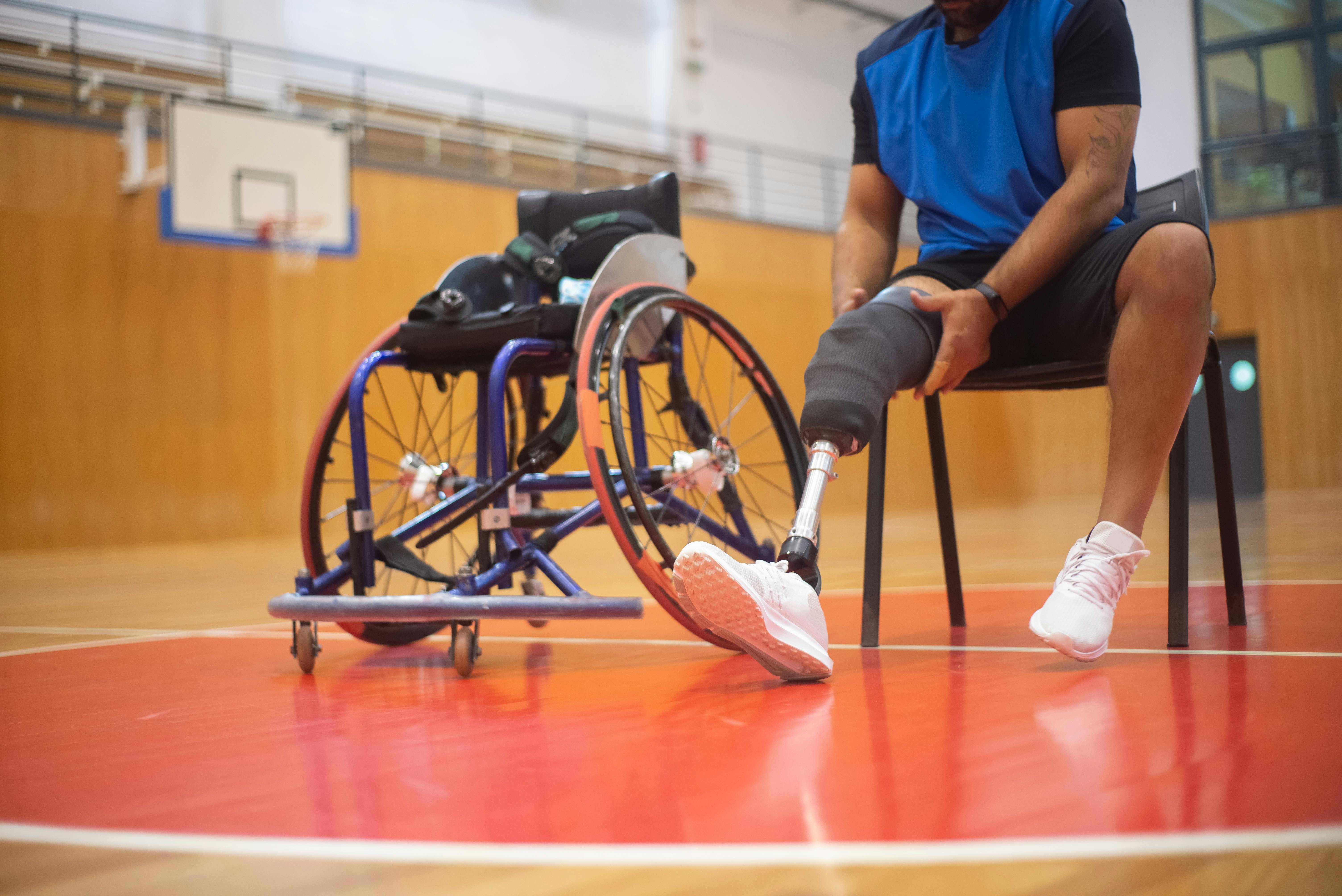
Astral Projection Stretching and Hammock Techniques
There are many astral projection techniques. In addition to the most common ones, such as the Monroe technique or the rope technique, many astral projection methods have been developed and practiced. Some techniques work for some people, others don’t, so it is always recommended to look for more possibilities. It depends on the individual background of the astral traveler, with many background factors influencing his or her astral projection attempts.
Of course, practitioners must be patient and not give up if a technique doesn’t work the first time. Sometimes the reasons for having a failed astral projection lie in the nature of the practitioner and not in the technique itself. Give each one plenty of time. There are also many ways to speed up the entire process and eliminate the frustrations that are often one of the most common reasons for a failed screening. With patience, you will soon be able to project yourself into the realm of infinite possibilities.
Astral projection techniques are the last step you have to handle before you finally astral project. Make sure you do it correctly, with full concentration. Now let’s look at two simple techniques for astral projection.
1. The stretching technique
The Stretch out technique can have excellent results if done correctly. It gives your astral body an easy way to separate from the physical body. This technique basically requires you to imagine your body stretching in a specific way. Lie down and close your eyes. Begin the relaxation process by breathing and releasing stress from your body. To get started, first imagine that your feet are stretching out and getting a few inches larger. Once you have a clear image of your feet being stretched out, stop, and then allow them to return to their usual size.
Next, focus on your head and do the same, imagining it stretched out. Then watch your head return to its normal size. After this, put your feet and head back down, stretching them more and more. You have to visualize them stretched out a few feet. Then try to imagine yourself stretched out to a point where you can fill the entire room.
Just stay very relaxed and calm. The next sensation, together with the vibrations of your astral body, will be to feel how you are floating and leaving your physical body until the moment you completely separate from it. This is one of the easiest techniques to practice and can be of great benefit to beginners.
2. The technical hammock
The Hammock technique is a great relaxation exercise, but it is also an easy way to experience astral projection. This method is based on simple breathing and relaxation methods. Therefore, the first step is to lie down and start concentrating on your breathing process.
Breathe rhythmically, taking a deeper breath than usual. After each inhalation and exhalation, you need to hold your breath for a few seconds. After a while, depending on your concentration level, your body will start to relax; your breathing will have a constant rhythm. Your mind is clear of any possible intrusive thoughts.
Now imagine yourself resting in a hammock while rocking back and forth. You need to feel the wind on your body while completely relaxing as you come and go. Remember that this is a time when you can fall asleep, so you try to keep your mind awake while your body has to be asleep. Continue this process until you can feel the specific vibrations that are the main symptom of beginning astral projection.
You have to be fully aware of these vibrations and changes in their intensity. By the time you begin to feel buzzing, tingling, racing heartbeats, and vibrations throughout your body, you are only seconds away from separating your astral and physical bodies. You will also start to hear different sounds, waves and frequencies from the astral dimension; don’t be scared, just continue your concentration until the moment of complete separation when you will be able to see your physical body from above.